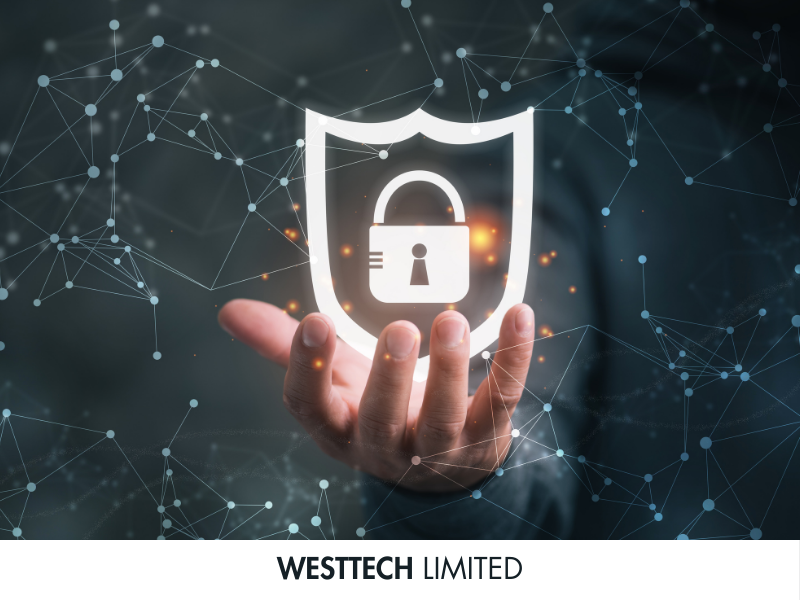Protecting Your Digital Assets
In today’s rapidly evolving digital landscape, cybersecurity has become a critical concern for businesses of all sizes. Cyber threats are growing in sophistication and frequency, making it imperative for organizations to implement robust security measures to protect their digital assets. This blog post delves into the best practices for enhancing cybersecurity, from implementing comprehensive security strategies to educating employees about potential risks.
Understanding Cyber Threats
Cyber threats come in various forms, including:
- Phishing Attacks: Deceptive emails or messages designed to trick recipients into revealing sensitive information.
- Malware: Malicious software such as viruses, ransomware, and spyware that can damage or steal data.
- DDoS Attacks: Distributed Denial of Service attacks that overwhelm systems, causing them to crash.
- Insider Threats: Security breaches caused by employees or other insiders who misuse their access privileges.
Best Practices for Enhancing Cybersecurity
To protect your business from cyber threats, consider implementing the following best practices:
1. Conduct Regular Risk Assessments
Regular risk assessments help identify potential vulnerabilities in your systems and processes. By understanding where your weaknesses lie, you can take proactive steps to address them before they are exploited by cybercriminals.
Key Actions:
- Perform comprehensive security audits
- Identify and prioritize vulnerabilities
- Develop a risk management plan
2. Implement Strong Access Controls
Limiting access to sensitive information and systems to only those who need it is crucial in minimizing the risk of insider threats and unauthorized access.
Key Actions:
- Use multi-factor authentication (MFA)
- Enforce strong password policies
- Regularly review and update access permissions
3. Educate and Train Employees
Employees are often the first line of defense against cyber threats. Regular training can help them recognize and respond to potential threats effectively.
Key Actions:
- Conduct regular cybersecurity training sessions
- Simulate phishing attacks to assess and improve awareness
- Provide clear guidelines on reporting suspicious activities
4. Keep Software and Systems Updated
Outdated software and systems are vulnerable to exploitation. Regular updates and patches are essential in maintaining the security of your IT infrastructure.
Key Actions:
- Implement automatic updates where possible
- Regularly check for and apply patches to software and systems
- Use reliable antivirus and anti-malware solutions
5. Develop an Incident Response Plan
An incident response plan outlines the steps to take in the event of a cyber attack. Having a plan in place can minimize damage and facilitate a quicker recovery.
Key Actions:
- Define roles and responsibilities for response team members
- Establish procedures for identifying, containing, and eradicating threats
- Conduct regular drills to ensure readiness
6. Secure Your Network
Network security is a fundamental aspect of cybersecurity. Implementing strong network security measures can prevent unauthorized access and data breaches.
Key Actions:
- Use firewalls to protect network boundaries
- Implement intrusion detection and prevention systems (IDPS)
- Encrypt sensitive data both in transit and at rest
Emerging Trends in Cybersecurity
Staying updated with the latest trends in cybersecurity is crucial for staying ahead of cyber threats. Some emerging trends include:
- Artificial Intelligence (AI) and Machine Learning: These technologies are being used to detect and respond to threats more quickly and accurately.
- Zero Trust Architecture: A security model that requires verification for every access request, regardless of its origin.
- Blockchain Technology: Used to enhance security in transactions and data integrity.
- Cybersecurity Automation: Automating routine security tasks to improve efficiency and response times.
Conclusion
Cybersecurity is a continuous process that requires vigilance, proactive measures, and a comprehensive strategy. By understanding the threats and implementing best practices, businesses can protect their digital assets and maintain the trust of their customers and partners.
For more information on how WESTTECH Limited can help enhance your cybersecurity, contact us at info@westtech-limited.com or call us at +234 813 442 9814.


